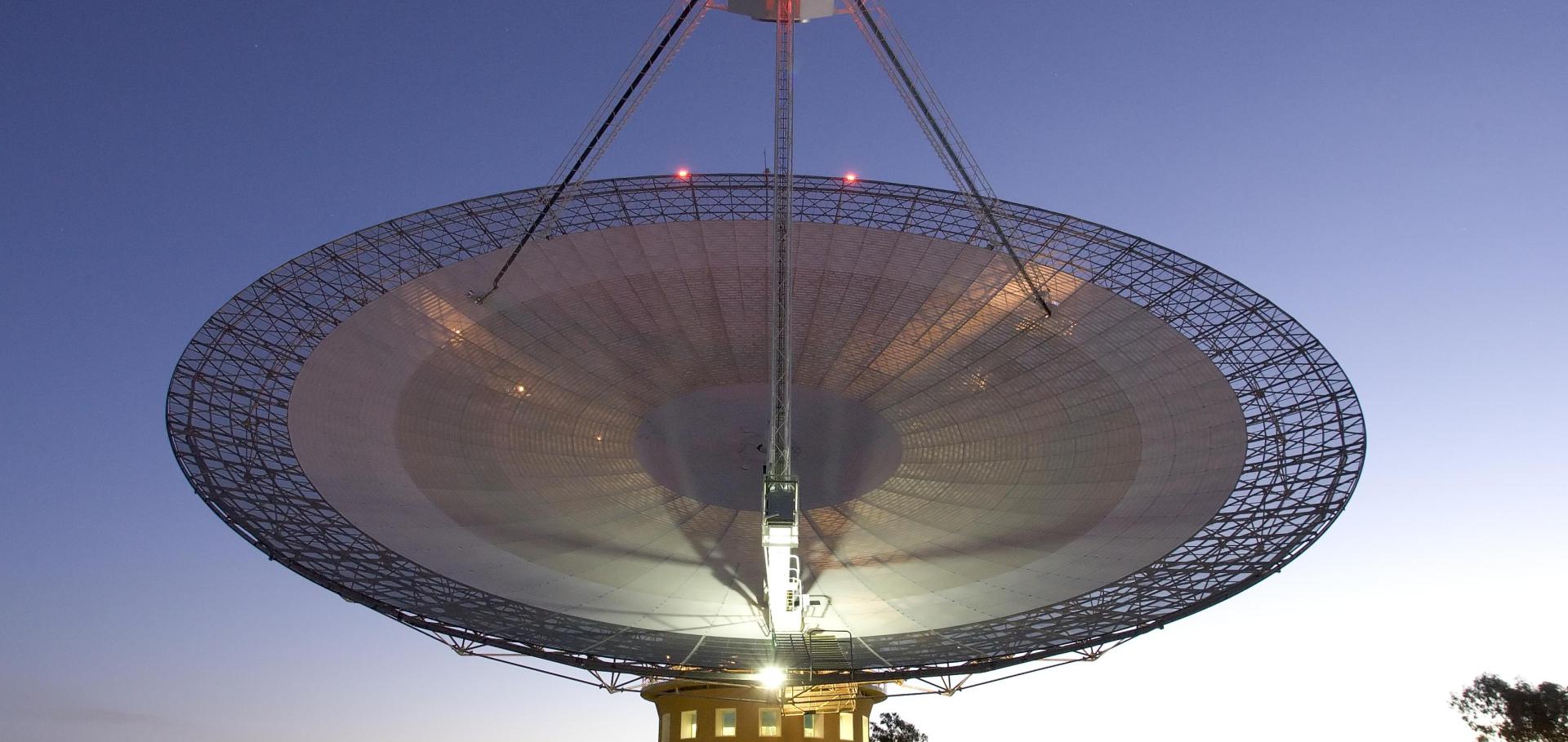Blast waves and reverse shocks: from ultra-relativistic GRBs to moderately relativistic X-ray binaries
Monthly Notices of the Royal Astronomical Society Oxford University Press 539:3 (2025) 2665-2684
Abstract:
Blast wave models are commonly used to model relativistic outflows from ultra-relativistic gamma-ray bursts (GRBs), but are also applied to lower Lorentz factor ejections from X-ray binaries (XRBs). Here, we revisit the physics of blast waves and reverse shocks in these systems and explore the similarities and differences between the ultra-relativistic () and moderately relativistic () regimes. We first demonstrate that the evolution of the blast wave radius as a function of the observer frame time is recovered in the on-axis ultra-relativistic limit from a general energy and radius blast wave evolution, emphasizing that XRB ejections are off-axis, moderately relativistic cousins of GRB afterglows. We show that, for fixed blast wave or ejecta energy, reverse shocks cross the ejecta much later (earlier) on in the evolution for less (more) relativistic systems, and find that reverse shocks are much longer lived in XRBs and off-axis GRBs compared to on-axis GRBs. Reverse shock crossing should thus typically finish after 10–100 of days (in the observer frame) in XRB ejections. This characteristic, together with their moderate Lorentz factors and resolvable core separations, makes XRB ejections unique laboratories for shock and particle acceleration physics. We discuss the impact of geometry and lateral spreading on our results, explore how to distinguish between different shock components, and comment on the implications for GRB and XRB environments. Additionally, we argue that identification of reverse shock signatures in XRBs could provide an independent constraint on the ejecta Lorentz factor.Arcminute Microkelvin Imager Observations at 15.5 GHz of Multiple Outbursts of Cygnus X-3 in 2024
Research Notes of the American Astronomical Society American Astronomical Society 9:2 (2025) 35
Abstract:
We report radio monitoring of Cygnus X-3 at 15.5 GHz during 2024 with the Arcminute Microkelvin Imager. Observations were made on 296 days throughout the year, and reveal five radio outbursts to multi-jansky levels, peaking in February, April, June, July and August. The brightest peak, with ≈16 Jy, was on June 27th.The Observed Phase Space of Mass-loss History from Massive Stars Based on Radio Observations of a Large Supernova Sample
The Astrophysical Journal American Astronomical Society 979:2 (2025) 189
Abstract:
In this work, we study the circumstellar material (CSM) around massive stars, and the mass-loss rates depositing this CSM, using a large sample of radio observations of 325 core-collapse supernovae (CCSNe; only ~22% of them being detected). This sample comprises both archival data and our new observations of 99 CCSNe conducted with the AMI-LA radio array in a systematic approach devised to constrain the mass loss at different stages of stellar evolution. In the supernova (SN)–CSM interaction model, observing the peak of the radio emission of an SN provides the CSM density at a given radius (and therefore the mass-loss rate that deposited this CSM). On the other hand, limits on the radio emission, and/or on the peak of the radio emission provide a region in the CSM phase space that can be ruled out. Our analysis shows a discrepancy between the values of mass-loss rates derived from radio-detected and radio-nondetected SNe. Furthermore, we rule out mass-loss rates in the range of 2 × 10−6–10−4 M⊙ yr−1 for different epochs during the last 1000 yr before the explosion (assuming wind velocity of 10 km s−1) for the progenitors of ~80% of the Type II supernovae (SNe II) in our sample. In addition, we rule out the ranges of mass-loss rates suggested for red supergiants for ~50% of the progenitors of SNe II in our sample. We emphasize here that these results take a step forward in constraining mass loss in winds from a statistical point of view.The Radio Counterpart to the Fast X-ray Transient EP240414a
(2024)
Discovery of the Optical and Radio Counterpart to the Fast X-Ray Transient EP 240315a
The Astrophysical Journal Letters American Astronomical Society 969:1 (2024) L14


